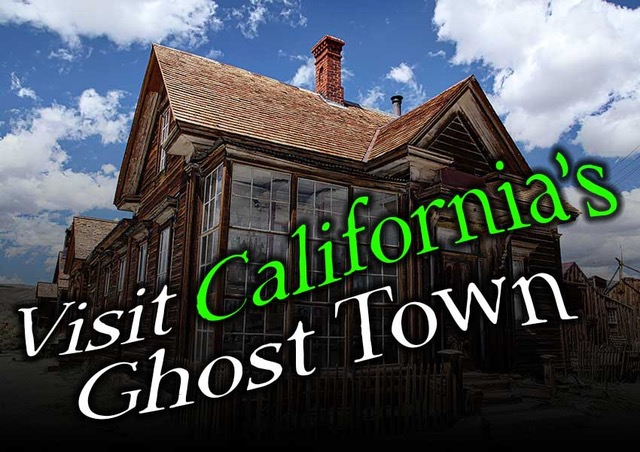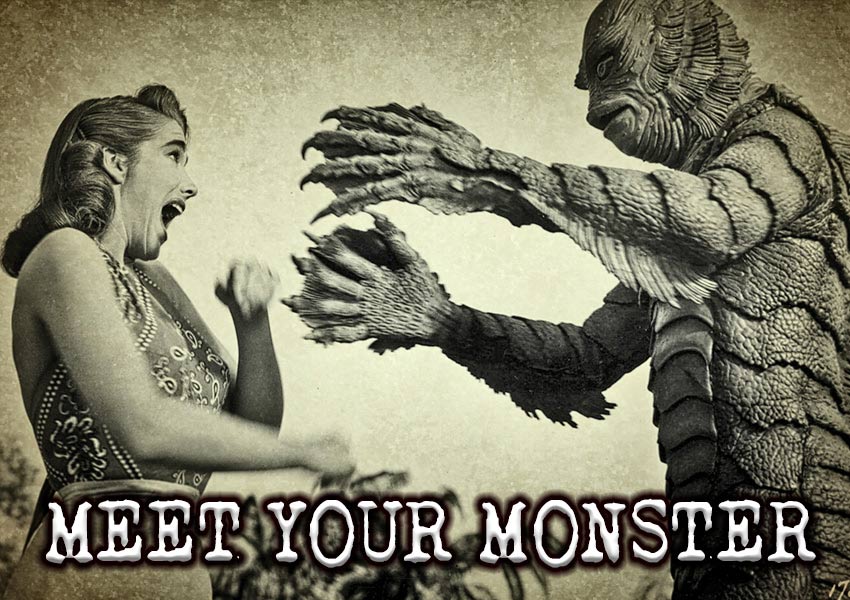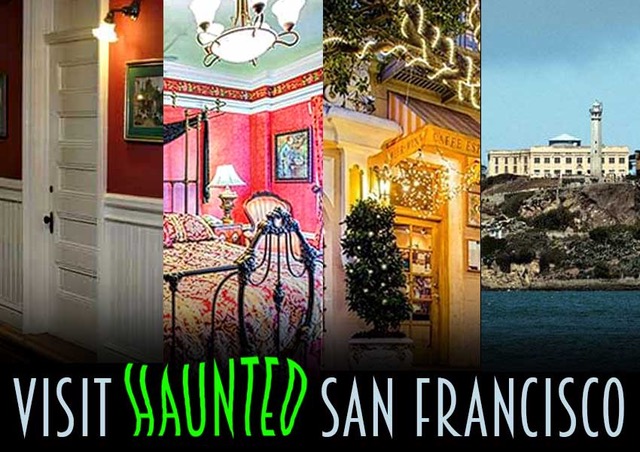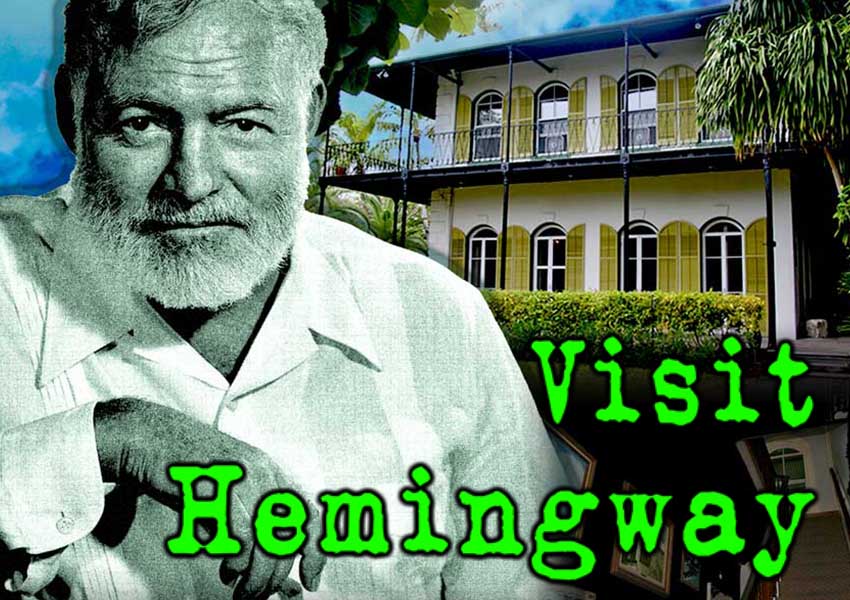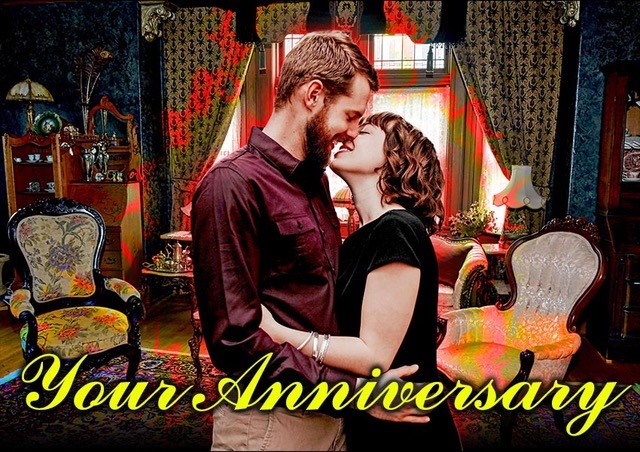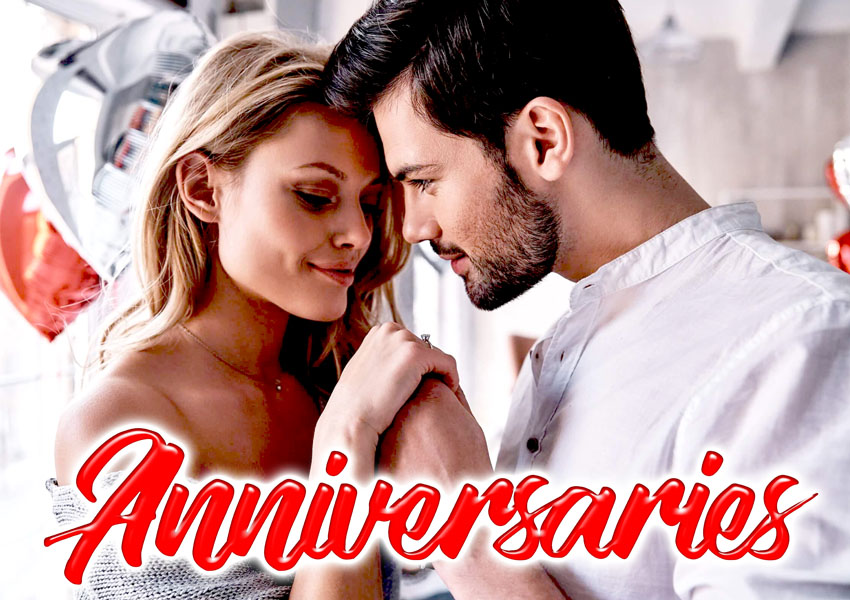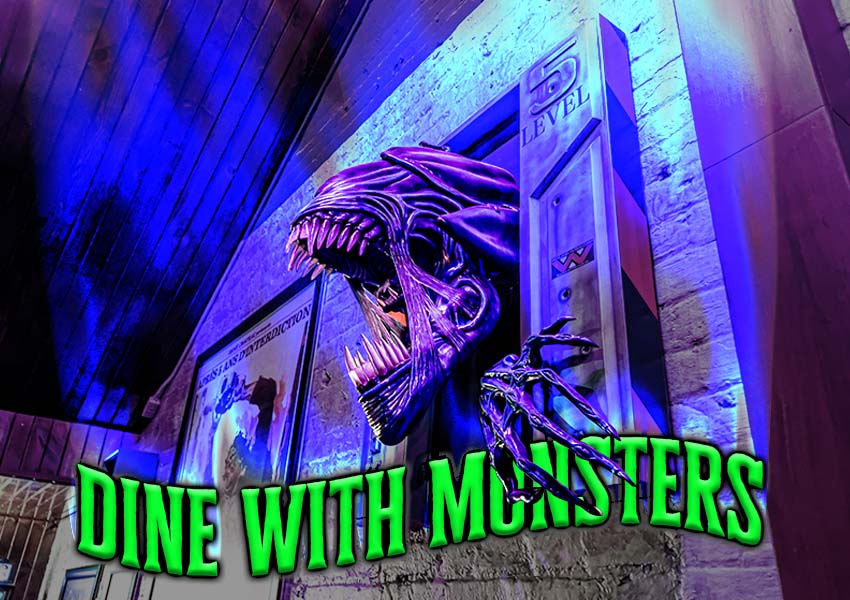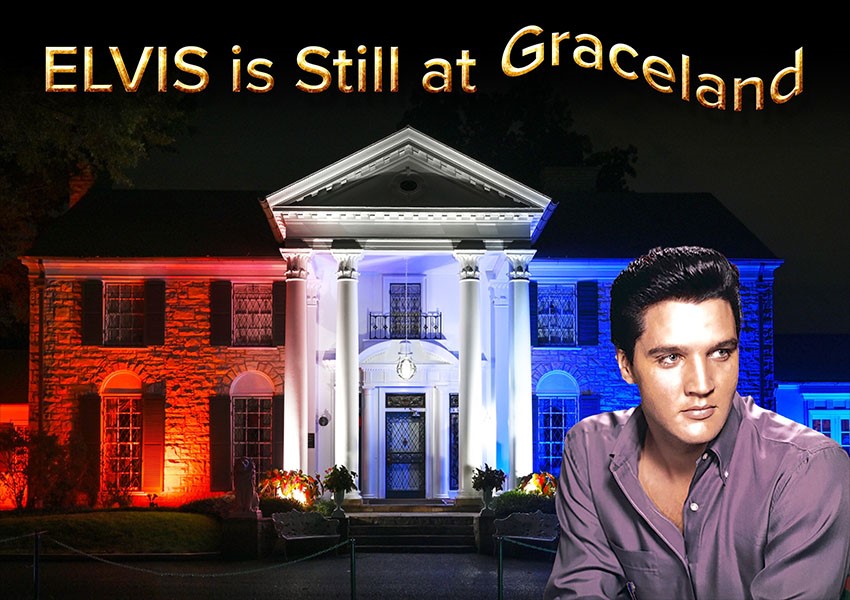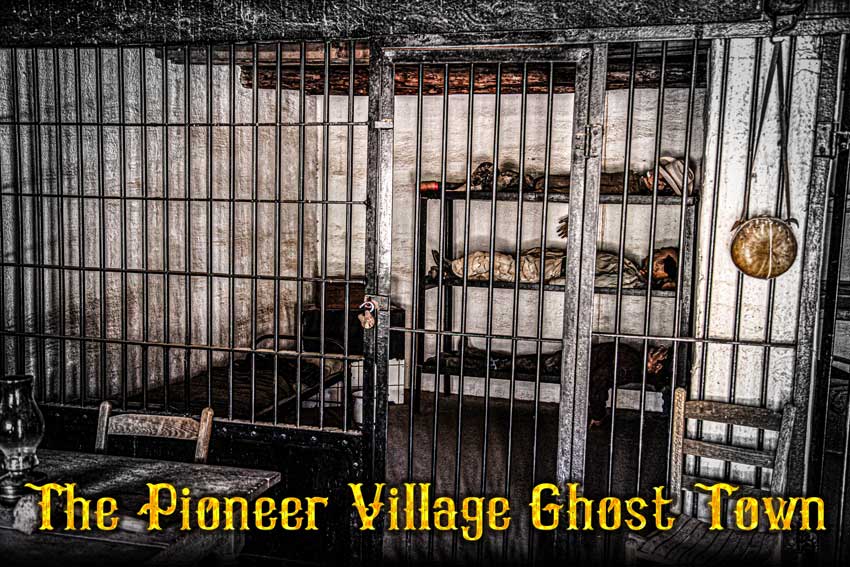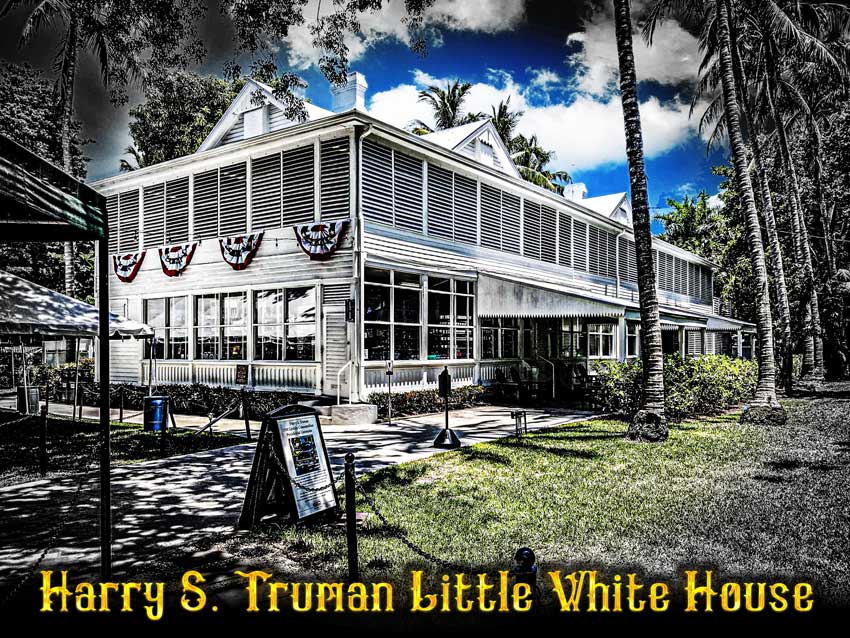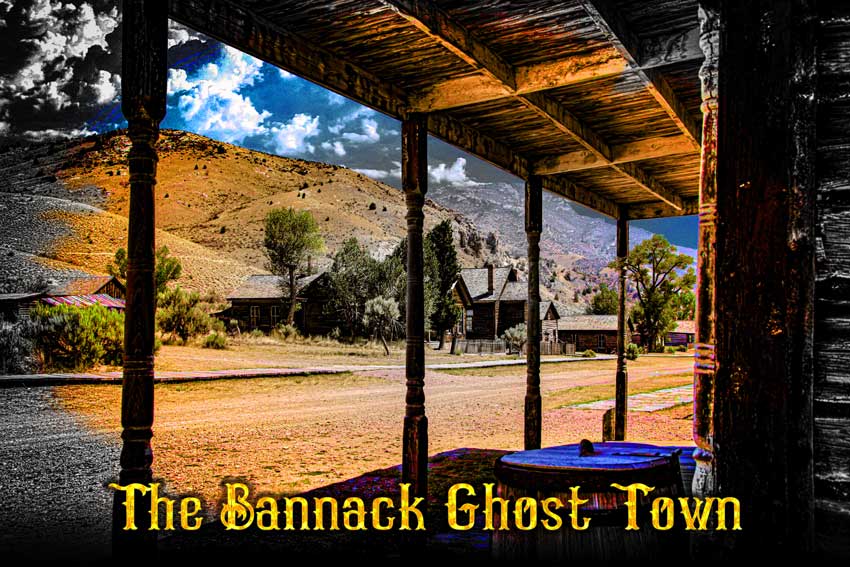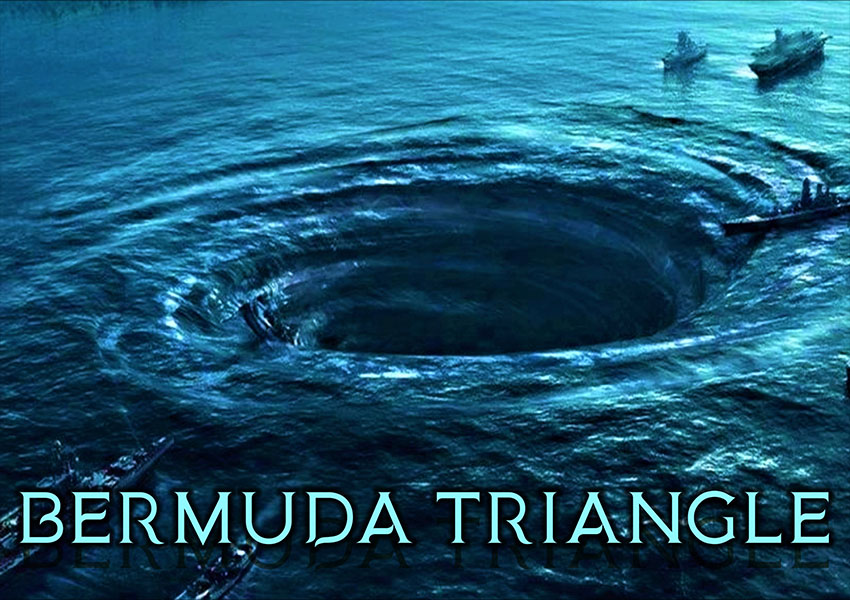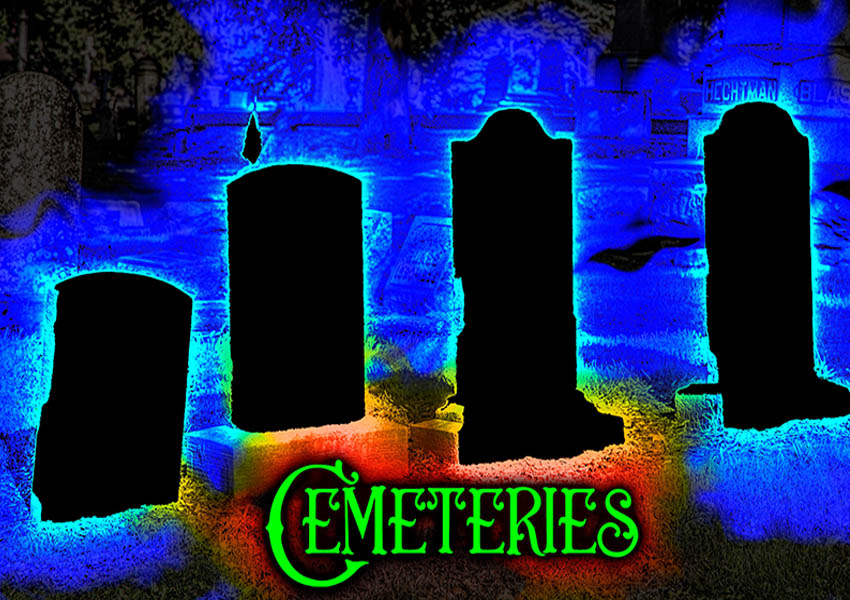San Diego California
Hotel del Coronado
The gentle spirit of an upper class lady is enjoying the hotel.
There is a mystery about her demise…
Facts conflict with the official story of the “Beautiful Stranger.”
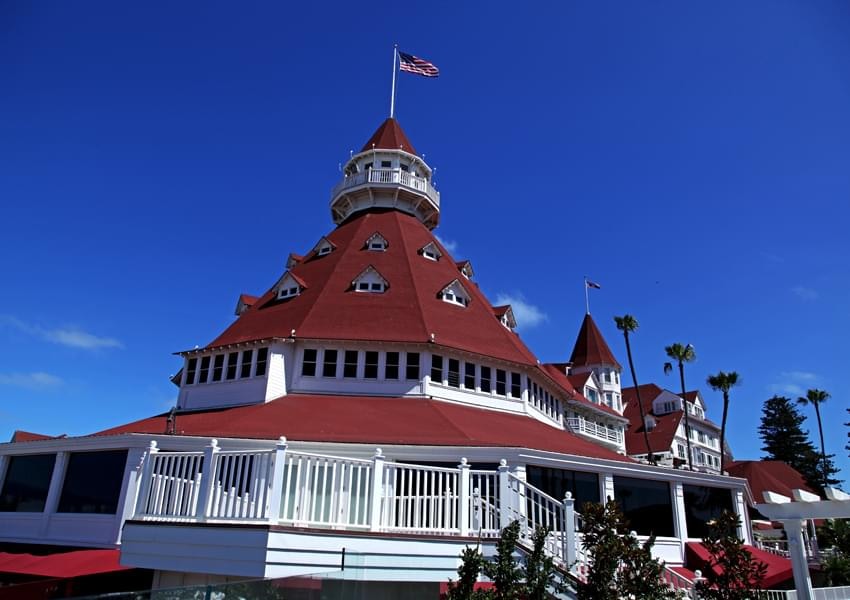
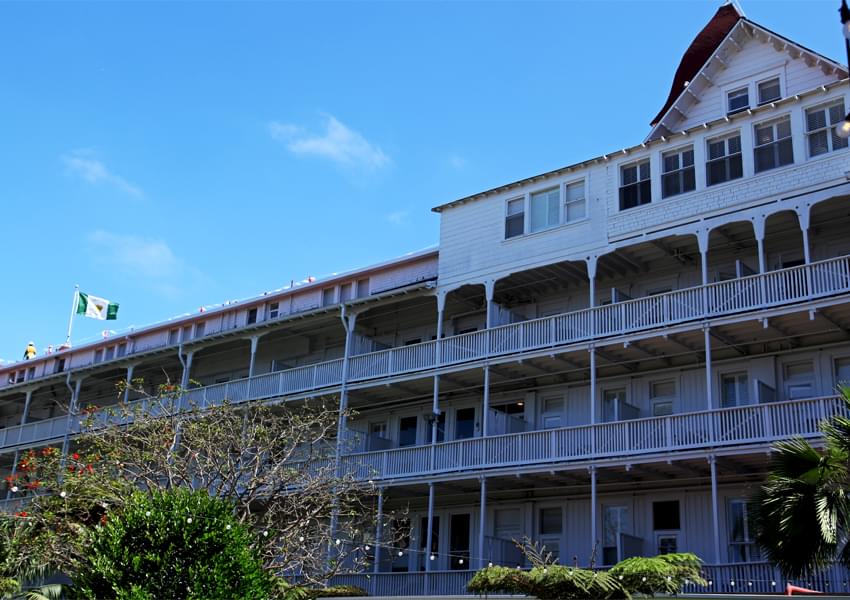
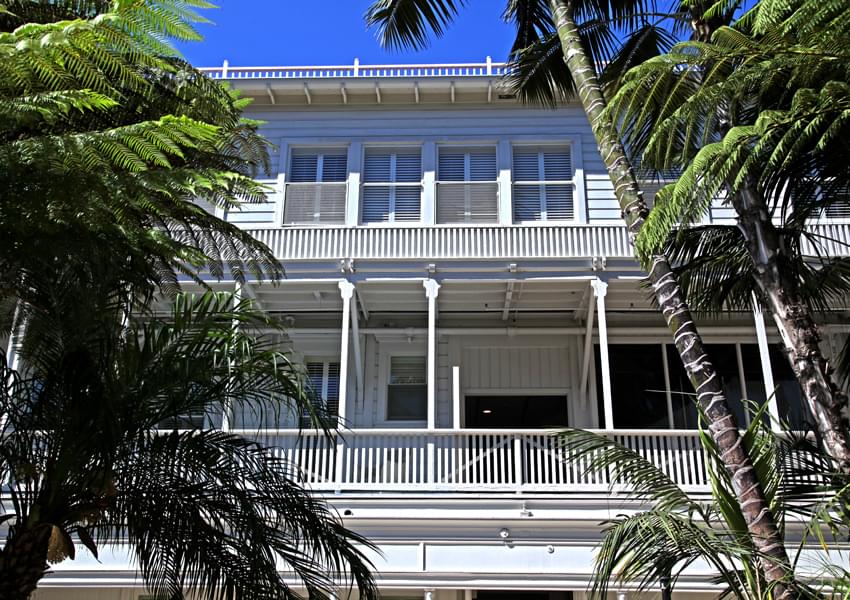
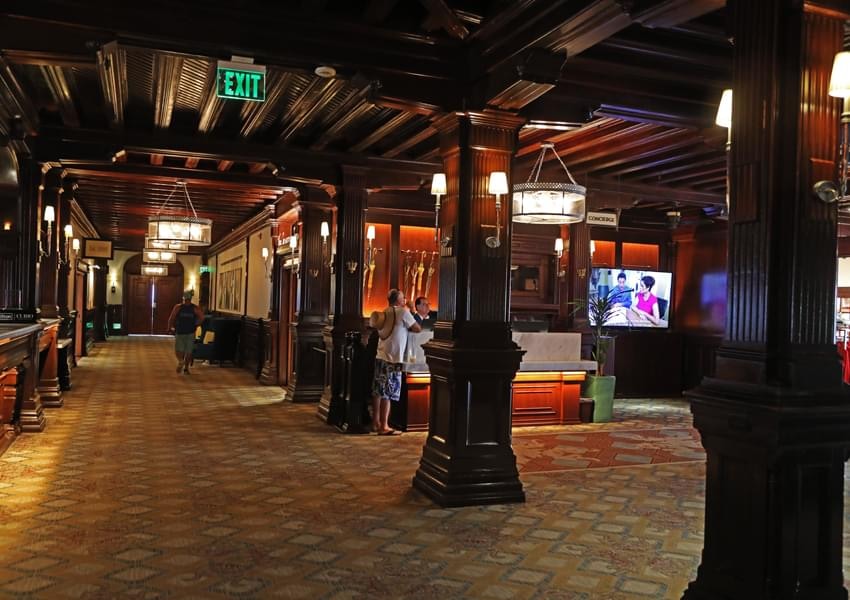

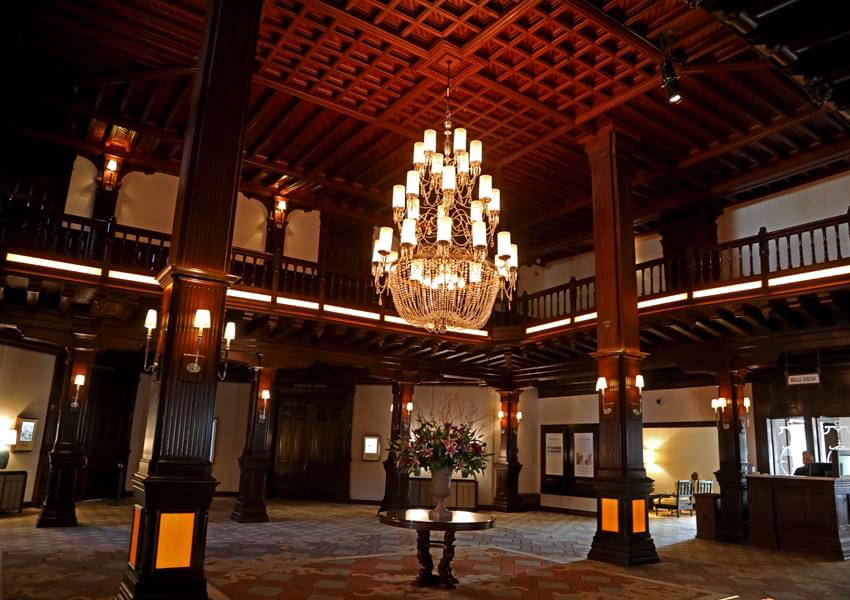
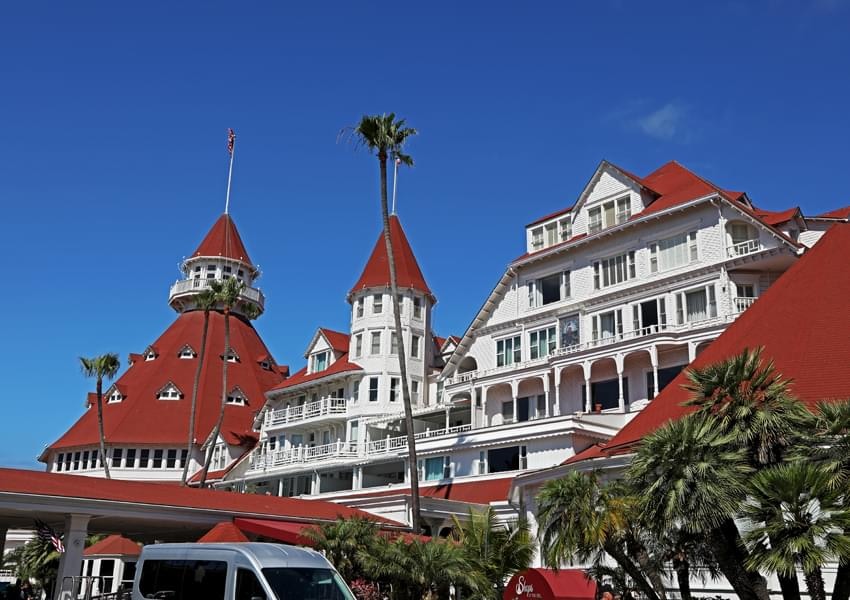
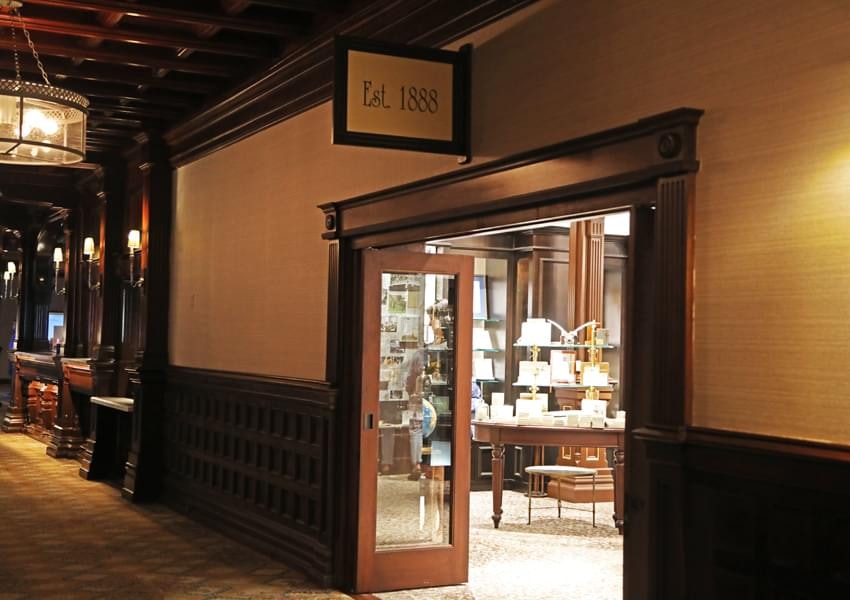
DESCRIPTION
The Hotel Del Coronado is a Victorian beachfront luxury Resort, the largest one in existence when it opened in 1888.
On their website, they describe themselves as being “a truly iconic San Diego beach hotel, offering something special for everyone. Standing tall as a beacon of grandeur and refinement among vacation resort destinations, this luxury Coronado hotel will offer you and your family a legendary beachside getaway.”
This playground beach resort for the well-to-do opened with all the bells and whistles. “The original grounds had many amenities, including an Olympic-sized salt water pool, tennis courts, and a yacht club with architecture resembling the hotel’s grand tower. A Japanese tea garden, an ostrich farm, billiards, bowling alleys, hunting expeditions, and deep sea fishing were some of the many features offered to its guests.”
Today the Hotel Del Coronado continues to offer stellar amenities, like a fantastic spa, wonderful vacation packages, and many things to do for recreation and entertainment, in the historic Del Coronado style.
The hotel has grown over the years. The original 1888 Victorian beachfront building is in the middle, with the newer Beach Village and California Cabanas and Ocean Towers to the left and right, making the most of the beach front. They offer more modern accommodations as well as the traditional historic building rooms.

HISTORY
During the huge real estate development boom in 1880s San Diego, five wealthy investors bought all 4,000 acres of Coronado and North Island to develop an exclusive community. They were: E. S. Babcock, retired railroad executive from Evansville, Indiana; Hampton L. Story, of the Story & Clark Piano Company of Chicago; Jacob Gruendike, president of the First National Bank of San Diego; Heber Ingle and Joseph Collett. They envisioned a grand resort hotel in a choice spot along the beach that would also serve as an incentive for other development.
Babcock and Story took the bull by the horns and created the Coronado Beach Company, which supported a number of enterprises that brought services to Coronado, and were needed to encourage growth. The Coronado Water Company piped fresh water under San Diego Bay. The Coronado Ferry Company started a ferry boat service from Coronado to the mainland San Diego, and built wharves and storage areas, including an electrical plant providing electricity for not only the hotel, but for all of Coronado until the 1920s. “The Coronado Railroad Company provided rail lines in Coronado and eventually a “Belt Line” connected Coronado to San Diego via the Strand.”
Under the direction of architect James W. Reid, and his brother, Watson, construction of this ambitious project that began in March of 1887.

Reid used lumber from the Dolbeer & Carson Lumber Company of Eureka, California. He built his own kilns to provide brick and concrete, and created his own metal shop and iron works. Most of the labor was done by Chinese immigrants brought in from San Francisco and Oakland .
The hotel featured water tanks to provide gravity flow sprinklers to help stop any fires. In addition to this precaution, a fresh water pipe was run under San Diego Bay to provide further protection. As yet another fire safety backup, Reid built two giant cisterns in the basement to catch rain water.
Electricity had just been introduced to San Diego in 1886, so of course the Del Coronado was equipped with electric lights. Installed by Chicago-based Mather Electric Company, they put the wires into the gas lines just in case gas was needed as a back-up light source.
Unfortunately, the California land boom crashed before Babcock and Story could finish building. So, they went to sugar kingpin John D. Spreckels and Captain Charles T. Hinde, who lent them the $100,000 needed to finish the hotel. By 1890, Spreckels bought out the shares of ownership from Babcock and Story, and everyone was happy. The Spreckels family loved the Hotel Del Coronado and owned it until 1948.
The 399 room hotel opened its doors for business in February of 1888. It was a huge success! The wealthy, the famous, royalty, movie stars and members of government showered their patronage on it through the 1920s. During Prohibition, Hollywood stars went there to party with the good stuff. The hotel staff hid their booze in the rain water cisterns. City officials looked the other way, and guests of the hotel enjoyed alcohol as they always had done.
At the beginning of World War II, the Hotel Del Coronado wisely contracted with the nearby North Island Naval Air Station to house many pilots and families of officers stationed at the Navy base. While many west coast resorts and hotels were completely taken over by the U.S. Government, the general manager of the Hotel Del Coronado, Steven Royce, was able to talk the Navy out of doing so, because the extra rooms were given the families of the Navy pilots and officers, who may never see their loved ones again. Wounded soldiers were given rest here as well, because the hotel also became “a wartime casualty station.”
In 1948, the Spreckels family sold the hotel to Barney Goodman, who owned it until 1960. The Hotel Del Coronado had by that time become a rather big fixer-upper. Well-to-do businessman John Alessio rescued the property in 1960 and spent one million dollars sprucing up the interior and improving the decor. But the Hotel Del needed even more investment, Alessio sold the grand old dame to M. Larry Lawrence in 1963. Uh oh.
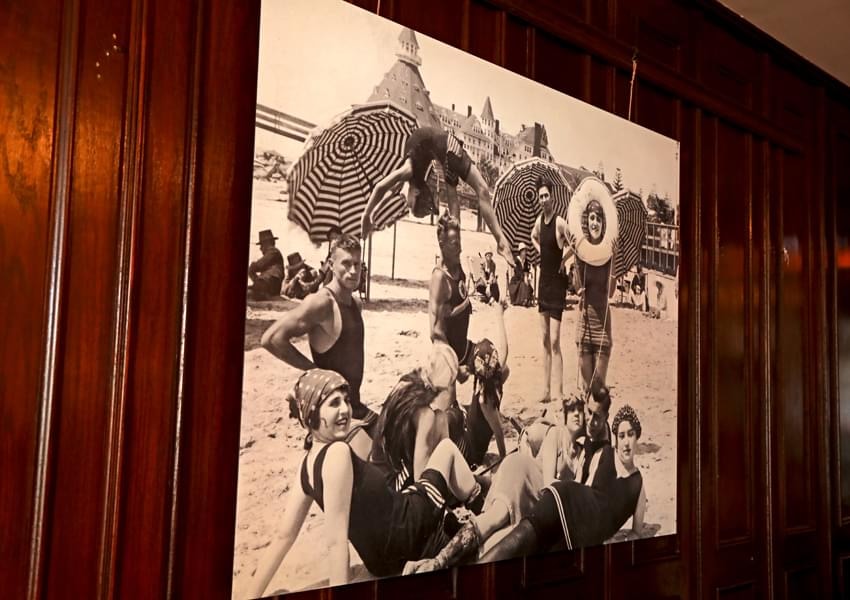
Lawrence’s first plan was to build up the land around the Hotel Del Coronado and then tear it down. Noooooo! Luckily, its charms and warmth won him over. He changed his mind and made a commitment to restore, renovate and expand business opportunities for the property.
During the years of his ownership, Lawrence invested one hundred and fifty million dollars to not only renovate, restore and refurbish this beloved Victorian dame, but expand its occupancy to 700 suites, and add other new structures, including a Grand Hall Convention Center and the two seven story Ocean Towers built just south of the main structure.
The Lawrence family applied for governmental protection for their hotel. The Hotel Del Coronado became a California Historical Landmark in 1970, and a National Historic Landmark in 1977.
After Lawrence died in 1996, his family made sure to sell the Coronado to a respectable corporation that would take care of it, the Travelers Group. They proved true to their word and invested fifty five million dollars in 2001, which included seismic retrofitting.
In 2003, CNL Hospitality Properties Inc. and KSL Recreation Corp bought the hotel and got to work with further improvements. In June of 2005, they finished a ten million dollar project upgrading 381 rooms. In July of 2005, they got approval to build 37 limited-term occupancy cottages and villas next to the Del Coronado, and to add up to 205 more rooms.
In 2006, a new partner, Strategic Hotels & Resorts, bought a share in the property. By 2014, they had bought out its partners and were the sole owner.
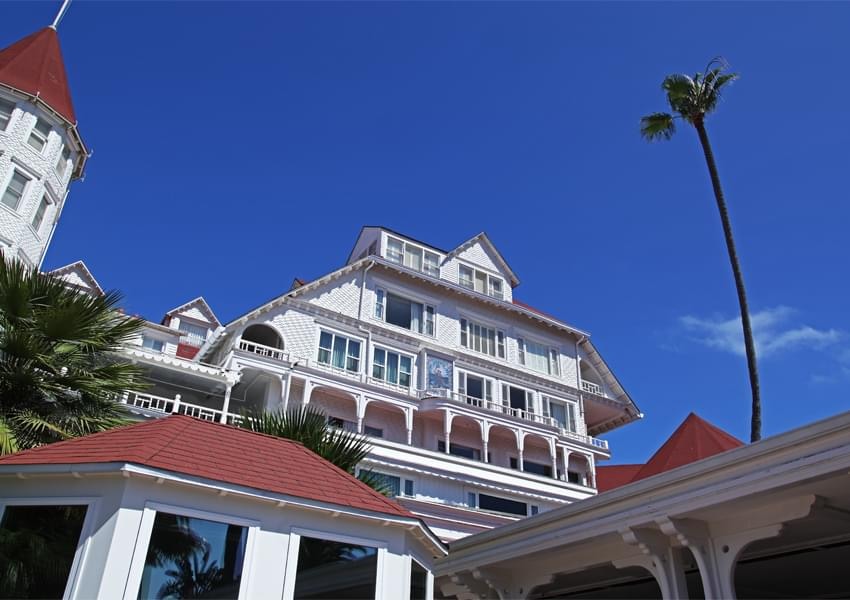
HISTORY OF MANIFESTATIONS
Suicide or assisted suicide or murder often causes restless spirits. In some of the stories found on hauntedhouses.com, among the leading causes of self-murder is bad relationship break-ups. Many other situations can be extremely painful to live with, and make suicide a tempting alternative.
On November 29, 1892, on the exterior staircase leading to the beach, a woman’s body was found with a bullet in her head; it was ruled a suicide, though perhaps it was not. In her hand was a gun, and it had been fired. She was a beautiful, upper class woman who had signed in as Lottie Bernard. She was dressed elegantly in black, the traditional widow’s attire.
She had checked in five days before, without luggage. A receptionist signed her in, as Lottie Bernard, perhaps misspelling her last name: “Bernard.” In her room, according to the San Diego Union, they found an invitation addressed to Charlotte Lottie Barnard from her actor friends, which may explain why she might have come to the Del Coronado. She had claimed that she was waiting for her brother John, a doctor.
She told the staff that she was in a lot pain from neuralgia and incurable stomach cancer, and asked for pain medicine: quinine and camphor. They told her that if this didn’t help, than she needed to see the house doctor. She got a bottle, a sponge, and a drink from the bar. She had some malaria medication with her as well. Every day, she asked the desk if her brother, Dr. Anderson, had come.
She asked the desk to contact a Mr. G.L. Allen for the funds to pay for her stay, as she had forgotten her checks, and her bags were still at the train station. Mr. Allen answered that while he didn’t know Charlotte, he had known her husband, Mr. Barnard, as he had gone to school with him, and allowed 25.00 to cover her expenses. He must have known about his friend’s death and that Charlotte was now a widow.
Her death made front page news across the country. Who was this mysterious woman? They all asked. The Del Coronado Hotel refused to recognize the woman as Charlotte Lottie Barnard, saying instead that she was a woman who signed in under an assumed name. The Hotel Del Coronado perhaps felt guilty and were afraid of a lawsuit, of being accused by this woman’s family of not doing more for the suffering of their loved one. A hotel that prided itself on offering luxurious amenities and service to its well-to-do guests, perhaps was afraid that it would tarnish their reputation. Plus, if it was a murder of a guest, would they feel safe enough to keep coming back?
The national coverage resulted in possible names of missing women being offered. The Los Angeles employer of a Kate Morgan sent a picture of their missing servant, and the hotel glommed onto her. It didn’t matter that she didn’t look anything like the deceased ‘Beautiful Stranger’. Nor was she in the economic class that could afford to stay at the swanky Del Coronado. It would have made more sense if she had gone to a local, swanky hotel on her boyfriend’s dollar.
It turned out that Kate Morgan was an Iowan farm woman, raised by her well-off grandfather, who was a bit of a pill. Kate married at 18 years, to Tom Morgan, a gambler. She escaped this bad marriage by going to Los Angeles where she worked as a servant to several families, saving her money and living frugally. When she didn’t come back to her main employer, the Grant family, for Thanksgiving, the Grants thought that it may have been Kate who had died.
The photograph of Kate Morgan contained no marks and had evidently been taken recently. Research done by other people, years later, produced strong evidence that Kate Morgan didn’t go to San Diego at all. She took her savings and went to San Francisco to start over again. In the 1900 census, Kate Morgan was alive and living in San Francisco. Interestingly, no one in her family back home asked for her body, though her grandfather offered to pay for her burial though he didn’t come to San Diego.
According to author and historian J’aime Rubio, the identity of the woman found dead on the steps of the Hotel del Coronado was none other than Charlotte “Lottie” Barnard of Detroit, Michigan. Rubio reports, “There is a Charlotte Barnard listed as living in Detroit in the 1890 & 1891 Census. Her address was at 351 High Street (West), a wealthy part of town and amazingly, around the time of the death of the ‘Beautiful Stranger’, Charlotte Barnard disappears from any further listings in either the Census or the Detroit Directories.”
The authorities gathered other information. A male witness, Joseph Jones, claimed to see the “Beautiful Stranger” have a heated argument with a well-dressed male traveling companion at the Orange Train Station. This person left her in an angry huff, taking the baggage claim tickets with him, leaving her with no way to pick up her luggage, or pay for her stay at the Del Coronado.
People, including those who ran the Hotel Coronado, may have jumped to the wrong conclusion about not only her identity, but her circumstances. Tongues began to wag and a deliciously juicy story emerged. It was speculated that she had told her male companion that she was pregnant, and that that was the cause of his hasty departure. It was speculated that she induced her own abortion with the pain medication, alcohol and malaria pills, though no evidence of this abortion could be found. Her story about having stomach cancer was ignored.
The story that The Del Coronado Hotel still promotes is that an upper-class woman, called the “Beautiful Stranger,” whom they think is Kate Morgan, had a fight with her male companion, either her boyfriend or husband, in the Orange Train Station. (They do leave out the line of thought that he left her after she told him she was pregnant on their website). She waited for him for five days. When he didn’t come back, she went to downtown San Diego, where she bought a .44 American bull-dog and two cartridges of bullets. The gun shop owner showed her how to load the gun. She shot herself on the hotel’s back steps.
This simple, tragic tale has a lot of details that don’t hold up 116 years later. No autopsy was performed to see if she was indeed pregnant, or had stomach cancer as she had claimed; no medical information was confirmed or disproved. Convenient, don’t you think? The coroner said that the peaceful look on her face ruled out illness. Huh? People who die with pain can still look like they are peaceful in death. The reputation and comfort of the living was valued more than the facts.
People whose deaths are mistakenly ruled to be suicides cannot rest; they want the truth to come out about their demise, especially if the living are tearing down their character in public. The spirit of Charlotte Barnard is perhaps uncomfortable that people think that she was Kate Morgan, an adulterous woman having an affair who killed herself because she was pregnant, instead of a cancer-stricken victim dying in a painful way.
Or, perhaps her death was at the hands of another.
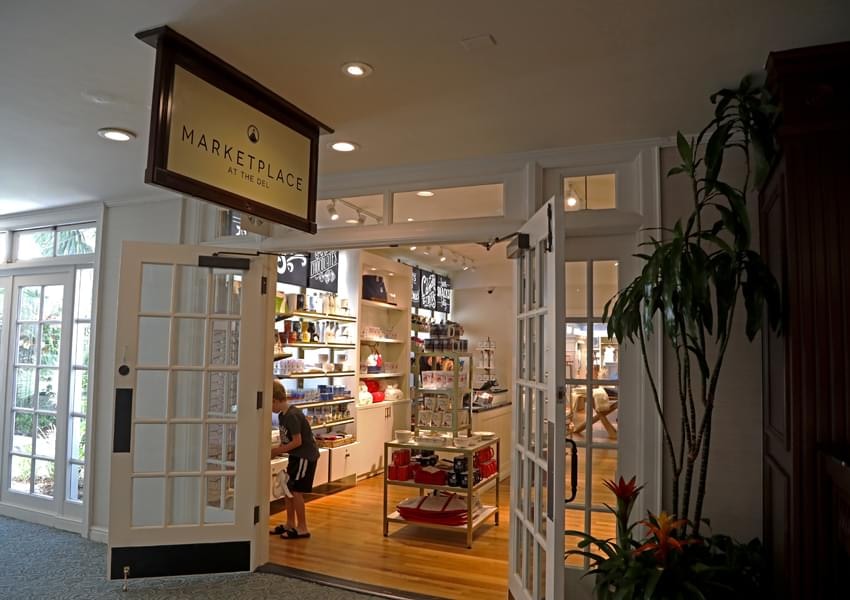
What if she was murdered?
Some rather important evidence that was overlooked/ignored was the fact that the .38 bullet hole found in the dead woman’s head didn’t match the caliber of the gun she had in her hand, leading one to think that it was staged. One murder scenario suggests that her boyfriend and/or husband showed up and suggested that they take a walk on the beach around midnight to talk things over. It is theorized that Charlotte/”KATE” was so angry with him because he forced her to abort her child, that she took a shot at him and missed. He in turn shot her in the head with his .38.
Another source pointed out that even if Charlotte/Kate had been shot with her own gun, it would’ve taken out more of her face. If she had shot herself there would’ve been close range powder burns. The angle of the bullet suggested that she was shot by someone standing slightly lower than her on the beach, because the bullet entered her head at an upward angle.
A San Francisco lawyer, the late Alan May, speculated in the 1980s that her death indeed involved foul play. Evidence for the alleged homicide was a passing statement during the coroner’s inquest, that the bullet found in her head did not match that of her own gun. Alan wrote two books on this, but the San Diego authorities didn’t reopen the case; perhaps too much time had passed and leads were all too cold to revive.
Author and historian J’aime Rubio read all the information made available in great detail. She points out in her well-thought out blogs, that when Charlotte bought her gun, she bought a whole box of shells, too. Charlotte had said the gun was a birthday present for someone. If she wanted to kill herself why would she do this? The box of her shells went missing as well. Perhaps she feared for her life and bought some protection. Perhaps her traveling companion turned out to be a jerk and threatened her if she didn’t do something.
Another possibility was that the argument at the Orange Train Station was over family inheritance and money from Charlotte’s late husband’s estate. She was wearing high-class black mourning clothes. Money is often the motive for murder. This too would make her spirit restless, if she was murdered by the person who would benefit by her death.
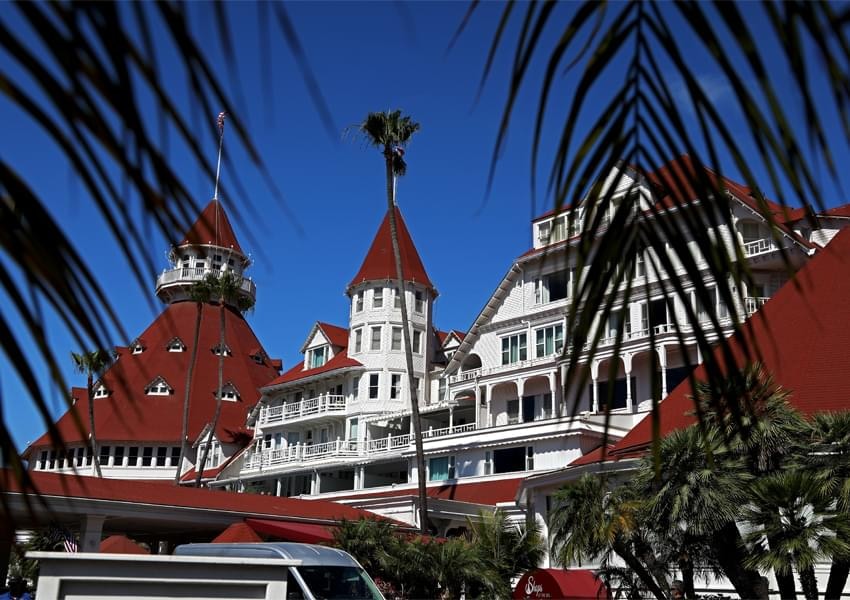
Or, did someone else help her commit suicide?
Another theory that occurred to me is that her male companion could’ve come back to help her commit suicide. Their argument on the train could’ve been about Charlotte’s plan to kill herself because of her terminal illness. Perhaps she even asked him to help her. Perhaps he didn’t give her the claim tickets because he figured she wouldn’t need them. She could’ve shot her gun, and he could’ve then shot her in the head, following her wishes. On a wide-open beach, the bullet would never be found.
Perhaps Charlotte wants the world to know the truth about her death, a step in the process to find the peace to cross over into the light. Perhaps Charlotte wants it known that it was she and not Kate who died, and that her story was different than the fable being promoted. If she was murdered, she may be seeking that the truth be told about her demise. She may feel forgotten and may want people to know who they have buried as Kate Morgan.
People who die in emotional or physical pain in or near wonderful places, sometimes want to spend their afterlife there, to be comforted by the fact that they are no longer in a physical body. Or, many an unhappy person has chosen a grand hotel to kill themselves, and then stick around.
MANIFESTATIONS
The Spirit of the Beautiful Stranger
The apparition of the “Beautiful Stranger” has been seen walking along the hallway that has views of the ocean. She seems to be enjoying the view and the beauty of the hotel.
The Hotel’s Gift shop – possibly the pharmacy back in 1892.
Guests who visit and employees who work here have seen items fly off the shelves, but always land safely on the floor. Perhaps she is frustrated that she can’t find the items she wants, but is too polite to break anything. Or, perhaps she needs some chuckles by surprising the living.
Sharing Her Room
When guests rent this room, they have a room mate, maybe two!
The usual paranormal activity includes lights that have a mind of their own, and the room’s television turns itself on and off.
Guests are surprised by cool breezes coming from nowhere, footsteps and disembodied voices, and aromas with no explainable source.
More dramatic experiences include various items and guests’ possessions moving around the room by an unseen presence, doors that open and close on their own, and dramatic, unexplainable temperature changes.
STILL HAUNTED?
Yes indeed! Many personal experiences have been reported, and the existence of the Beautiful Stranger spirit is backed up by hard evidence caught by paranormal investigators. She is trying to enjoy in spirit form what she couldn’t do while alive because of the pain she was in. Perhaps she is working through the circumstances of her death, and wants to eventually tell what happened to herself.
The third floor room of the Beautiful Stranger is popular with the hotel’s guests, as their unseen roommate lets them gently know that she is there.
The Hotel Del Coronado itself reports that “Independent paranormal researchers, in turn, have documented supernatural activity in Kate’s room using high-tech gadgetry, including infrared cameras, night vision goggles, radiation sensors, toxic-chemical indicators, microwave imaging systems, and high-frequency sound detectors.”
LOCATION
1500 Orange Avenue
Coronado, CA 92118
The Hotel Del Coronado is located on Coronado Island, just across from the city of San Diego. A highway bridge connects Coronado to mainland San Diego.
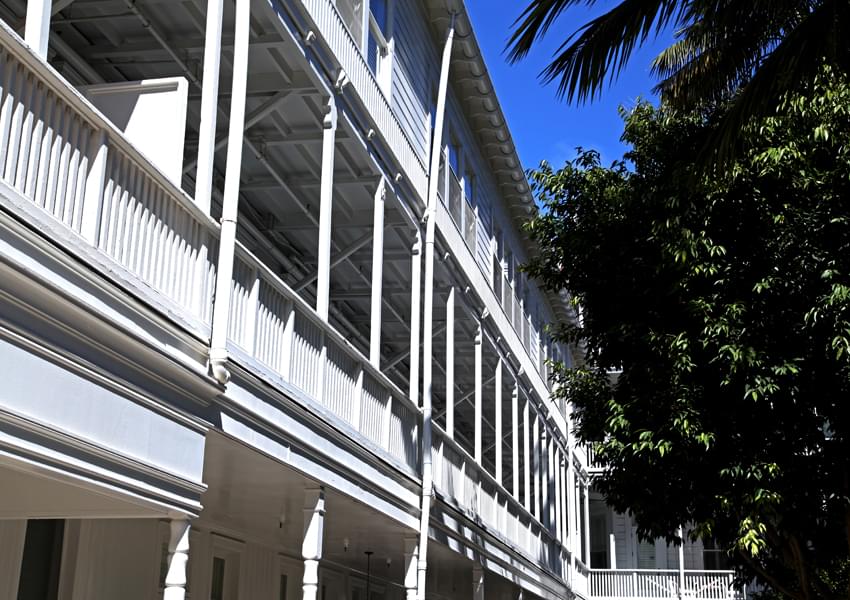

SOURCES INCLUDE
- The Ghost Hunter’s Field Guide
by Rich Newman
Llewellyn Productions – 2010 - Haunted Places: The National Directory
by Dennis William Hauck
Penguin Books – 2002 - Ghostly goings on at the Hotel del Coronado
Our Haunted Paranormal Stories are Written by Julie Carr
Our Photos are copyrighted by Tom Carr
Your Paranormal Road Trip







